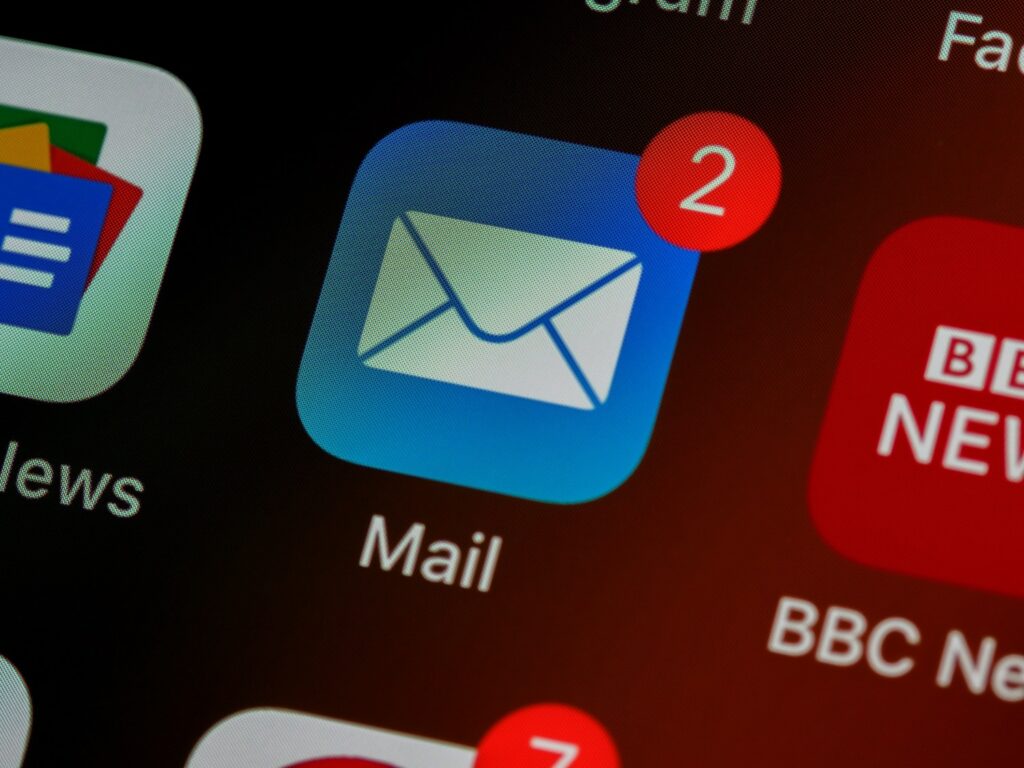
In today’s rapidly evolving business landscape, organizations of all sizes embrace cloud computing to stay competitive and efficient. Cloud technology offers many advantages, and one of the most significant benefits is “scalability.” In this article, we will explore the concept of cloud scalability, its importance in modern business, and how it can positively impact your organization.
1. Understanding Cloud Scalability
1.1 Definition and Explanation
Cloud scalability refers to the ability of a cloud-based system or application to handle an increasing workload without sacrificing performance. It allows organizations to adjust their resources in real-time based on demand, ensuring that the system remains responsive even during traffic spikes.
1.2 Importance of Scalability in Today’s Business
In the digital age, where customer demands and market dynamics change rapidly, the need for scalability cannot be overstated. Businesses must be agile and capable of handling sudden surges in user activity, especially during peak times or special events.
2. Benefits of Cloud Scalability
2.1 Flexibility and Resource Allocation
One of the primary benefits of cloud scalability is the flexibility it offers. Organizations can scale up or down their resources based on demand, optimizing costs while maintaining optimal performance.
2.2 Cost Efficiency and Pay-as-You-Go Model
Scalability is closely tied to cost efficiency in the cloud. Cloud service providers often follow a pay-as-you-go model, where organizations only pay for the resources they consume. This eliminates the need for large upfront investments in infrastructure.
2.3 High Availability and Reliability
Cloud scalability ensures high availability and reliability of services. By distributing resources across multiple servers and data centers, the risk of downtime is significantly reduced, leading to a seamless user experience.
2.4 Performance Enhancement
Scalability directly impacts performance. With the ability to allocate more resources when needed, cloud-based applications can deliver faster response times and effectively handle a growing user base.
3. Strategies to Achieve Cloud Scalability
3.1 Horizontal and Vertical Scaling
Horizontal scaling involves adding more instances of resources, such as servers, to distribute the workload. Vertical scaling, on the other hand, focuses on increasing the power of existing resources.
3.2 Load Balancing Techniques
Load balancing distributes incoming traffic evenly across multiple servers, ensuring no single server is overloaded and optimizing resource utilization.
3.3 Data Partitioning and Sharding
Data partitioning and sharding involve breaking down large databases into smaller, manageable pieces to improve data retrieval speed and overall performance.
3.4 Auto-Scaling and Elasticity
Auto-scaling enables cloud systems to adjust resource allocation based on pre-defined triggers, such as CPU usage or network traffic. Elasticity ensures resources are scaled-down when demand decreases.
4. Challenges in Implementing Cloud Scalability
4.1 Data Security and Privacy Concerns
As data is distributed across various servers, ensuring robust data security and privacy measures becomes crucial to protect sensitive information.
4.2 Compatibility and Interoperability
Integrating existing systems with cloud-based solutions can present compatibility challenges that require careful planning and execution.
4.3 Monitoring and Management
Monitoring a scalable cloud infrastructure is essential to identify performance bottlenecks and proactively address potential issues.
5. Best Practices for Ensuring Scalability
5.1 Scalable Architecture Design
Designing a scalable architecture from the ground up involves selecting appropriate technologies and frameworks to support future growth.
5.2 Cloud Service Provider Selection
Choosing the right cloud consultancy service provider that aligns with your organization’s needs and growth strategy is critical for successful scalability.
5.3 Disaster Recovery and Business Continuity
Implementing robust disaster recovery plans ensures business continuity and minimizes downtime during unforeseen events.
6. Real-Life Examples of Successful Scalability
6.1 Case Study 1: E-commerce Platform
Discover how a popular e-commerce platform achieved seamless scalability to handle massive traffic during holiday sales.
6.2 Case Study 2: SaaS Application
Explore the journey of a SaaS company that leveraged cloud scalability to expand its customer base without compromising service quality.
Conclusion
In conclusion, cloud scalability empowers organizations to adapt and grow in today’s ever-changing business environment. By embracing scalability benefits, businesses can enhance performance, optimize costs, and deliver exceptional user experiences.
Featured image by ?ukasz ?ada on Unsplash
The post Cloud Scalability and Its Benefits for Your Organization appeared first on noupe.



